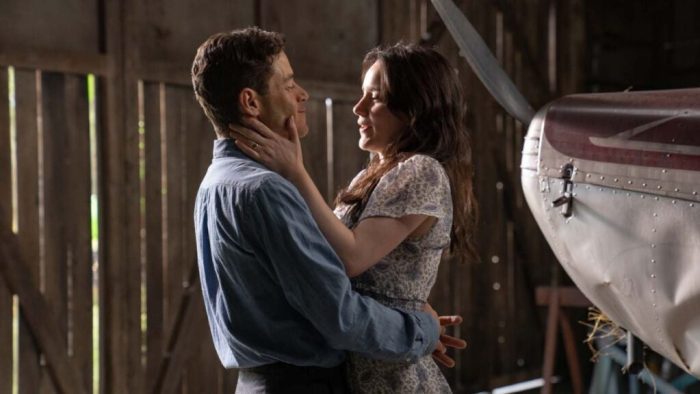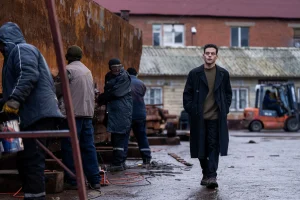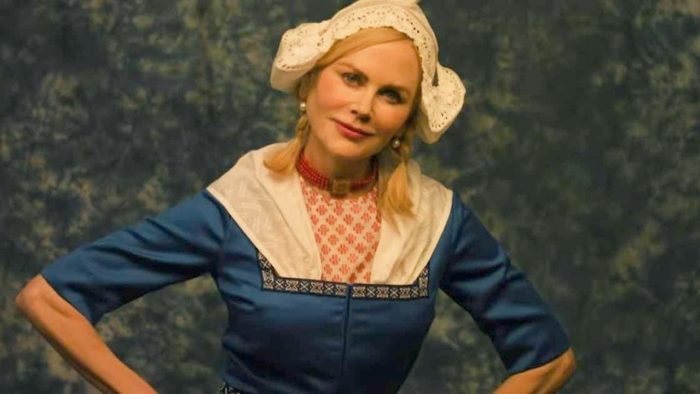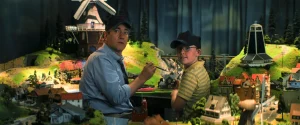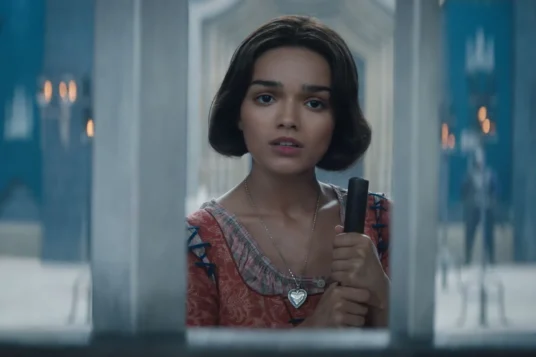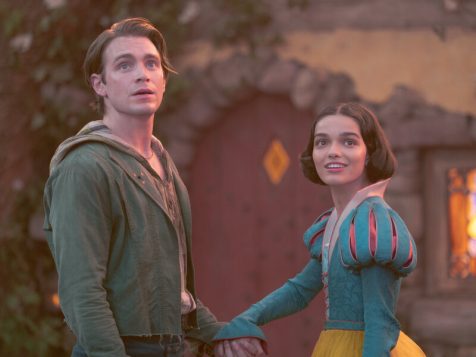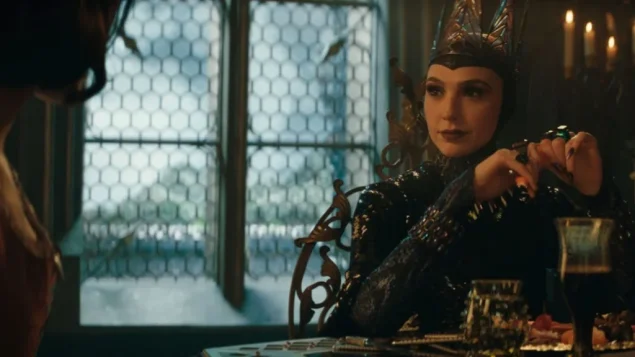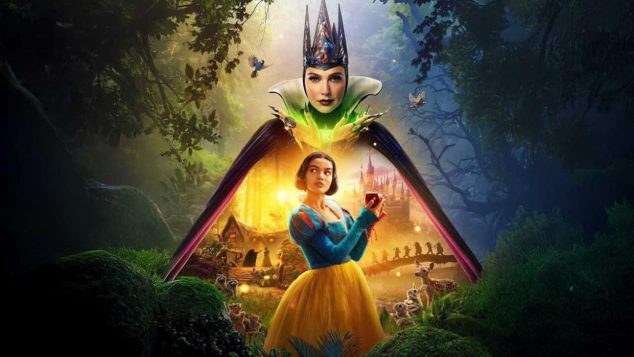Reviewed by Jeffrey Sanzel
In the cinematic landscape, Pixar Studios created many of the most memorable animated features. These include Toy Story, Monsters, Inc., Finding Nemo, The Incredibles, Cars, and Inside Out, along with their extensive line of sequels. Founded in 1979, Pixar became a cultural juggernaut of fiscal and critical success, in many ways redefining expectations in family entertainment.
In Elio, orphaned Elio Solis lives with his Aunt Olga, an Air Force major. Olga gave up her aspirations to be an astronaut to raise the lonely boy. One day, Elio sneaks into a closed exhibit of the Voyager 1 NASA space probe. The possibility of life on other planets fascinates the boy. Each night, he sprawls on the beach, staring up into the stars, hoping to be abducted by aliens.

Meanwhile, conspiracy theorist Gunther Melmac claims there is evidence of extra-terrestrials responding to the Voyager 1, transmitting a message to Earth. Elio uses Melmac’s invention to send a message into space. Eventually, Elio is transported into a spaceship where aliens of the Communiverse mistake him for the Earth’s leader and ambassador. Elio becomes embroiled in their negotiations with a warlord, Lord Grigon, who threatens a takeover of the Communiverse. Through various machinations, including the introduction of cloning, among other science fiction devices, Elio befriends Grigon’s son, the gentle Glordon, who does not want to become part of his father’s violent coalition.
The story follows a predictable path. The film introduces elements of bullying on Earth and in the far reaches of the galaxy. After an altercation, Elio receives an eye wound, forcing him to wear a patch. Elio has moments of introspection, questioning whether the difficulty is in the world or within himself. “I thought Earth was the problem, but what if it’s me?”
The film swings at big concepts and grand scope: The statement “Are we alone?” plays on two levels. But, for all this reflection, the film feels shallow, never fully realizing its ambitions. Children’s films have effectively tackled challenging issues. Up, Coco, and both Inside Out films, not to mention the majority of the Toy Story universe, manage to address large topics with integrity and resonance. It’s not that Elio doesn’t try. It’s just that it never quite reaches the targeted feelings.
Like many animated features, this might be a case of too many cooks. Three directors (Madeline Sharafian, Domee Shi, and Adrian Molina) worked from a script by three screenwriters (Julia Cho, Mark Hammer, and Mike Jones). Elio possesses an excess of ideas, but nothing is quite finished. Too many on-the-nose statements—“A father always knows” and “I may not always understand you, but I love you”—are presented but not necessarily earned.
The voice talent does fine with the material. Yonas Kibreab and Zoe Saldaña, as Elio and Olga, respectively, are real and nuanced. Remy Edgerly is sweet as Glordon, with Brad Garrett’s gravelly intonations suitable for the villainous Grigon. Jameela Jamil, Shirley Henderson, Matthias Schweighöfer, Brandon Moon, and Naomi Watanabe bring warmth and humor to the assortment of alien ambassadors. Brendan Hunt captures Melmac’s manic energy.
Elio is populated with a range of creatures that seem Happy-Meal-precious, but they are truly fun and wholly benign. The film’s strength lies in the extraordinary production design (Harley Jessup) in tandem with the visual effects (supervised by Claudia Chung-Sani), which have created the joyous Communiverse, a striking and vibrant rainbow pulsing with life. Sadly, these surrounding elements contain more drive than the story itself, resulting in a case of style over substance.
The film’s climax shamelessly borrows shades of E.T. Needless to say, everything works out for everyone. Elio probably seemed good, if not great, on paper. And, in truth, the outlines, structure, and themes of a more satisfying film are there. But, in the end, Elio is an interstellar movie that remains earthbound.
Rated PG, the film is now playing in local theaters.




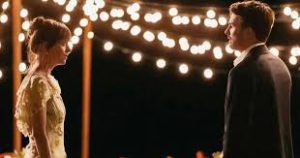
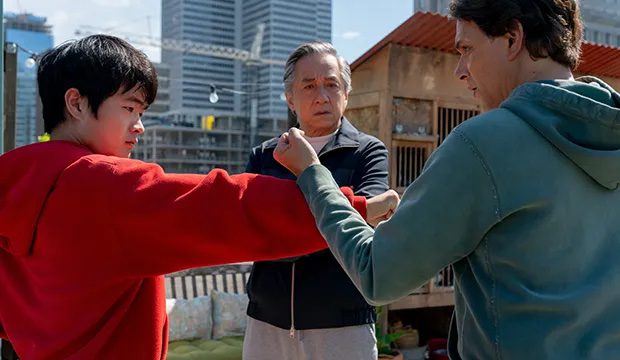
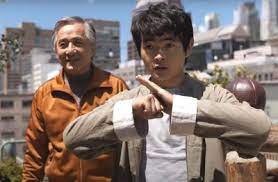
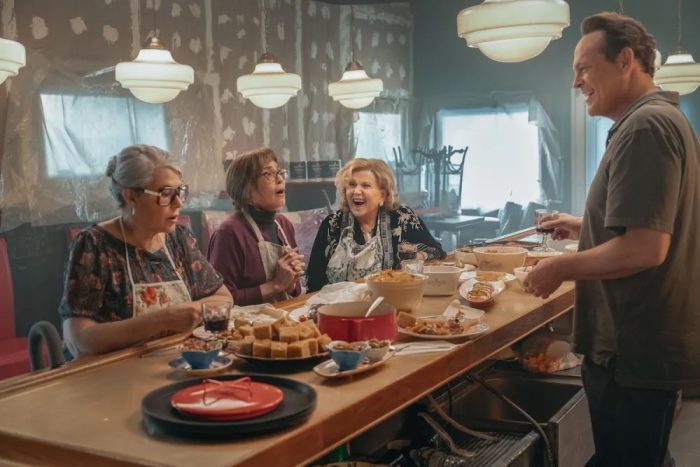

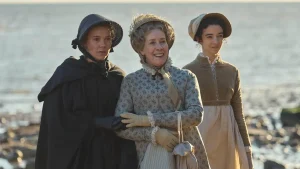
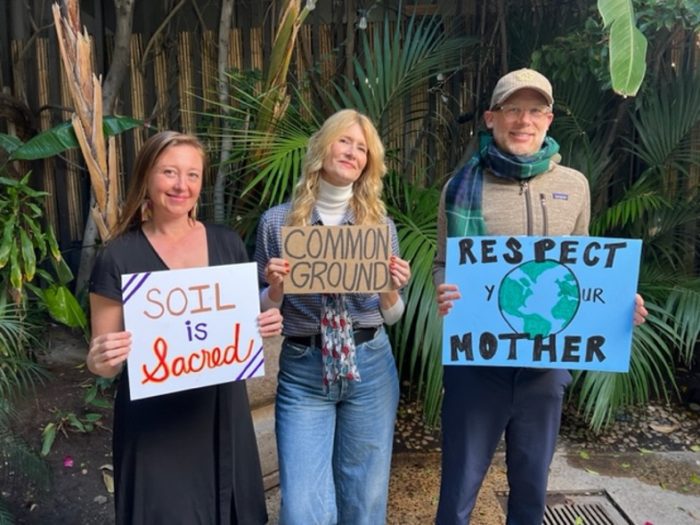
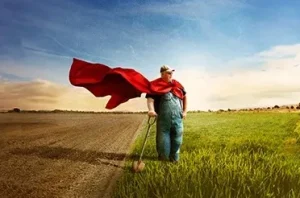 Tickell (along with Rebecca Harrell Tickell) produced and directed the documentary Kiss the Ground (2020), which explored the issues raised in the book. The film shares interviews with farmers, scientists, and environmentalists. The focus is the power of healthy soil and its healing powers for humanity and the earth as a whole. Narrated by Woody Harrelson, the film features the well-known {model/ U.N. Good Will Ambassador Gisele Bünchden, NFL quarterback Tom Brady, etc.) along with authors and environmentalists. Kiss the Ground was lauded for its good intentions but received criticism for an often simplistic approach to the solution, especially concerning climate change.
Tickell (along with Rebecca Harrell Tickell) produced and directed the documentary Kiss the Ground (2020), which explored the issues raised in the book. The film shares interviews with farmers, scientists, and environmentalists. The focus is the power of healthy soil and its healing powers for humanity and the earth as a whole. Narrated by Woody Harrelson, the film features the well-known {model/ U.N. Good Will Ambassador Gisele Bünchden, NFL quarterback Tom Brady, etc.) along with authors and environmentalists. Kiss the Ground was lauded for its good intentions but received criticism for an often simplistic approach to the solution, especially concerning climate change.